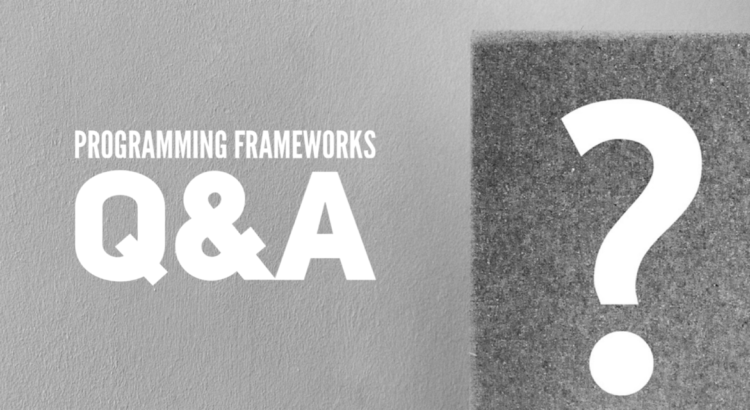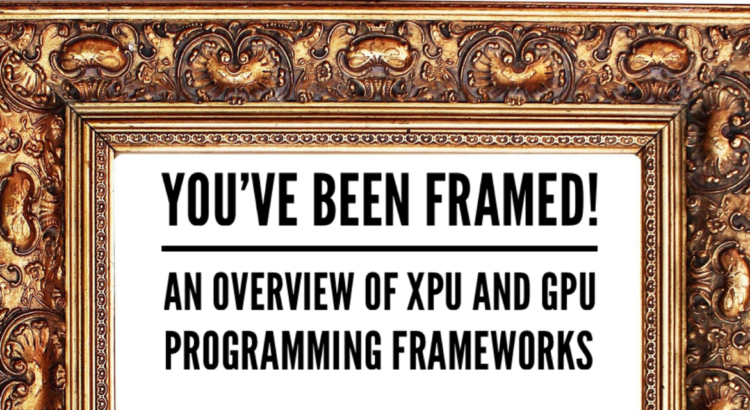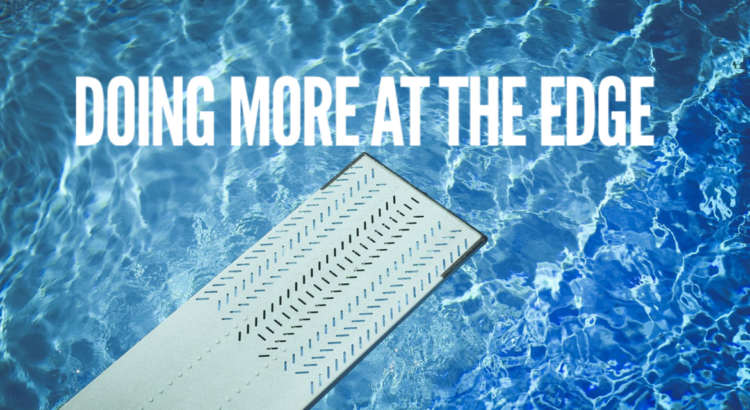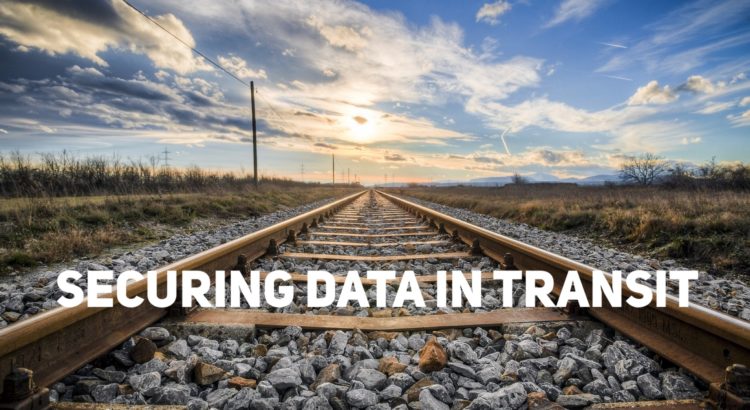Last month, the SNIA Networking Storage Forum made sense of the “wild west” of programming frameworks, covering xPUs, GPUs and computational storage devices at our live webcast, “You’ve Been Framed! An Overview of xPU, GPU & Computational Storage Programming Frameworks.” It was an excellent overview of what’s happening in this space.
There was a lot to digest, so our stellar panel of experts has taken the time to answer the questions from our live audience in this blog.
Q. Why is it important to have open-source programming frameworks?
A. Open-source frameworks enable community support and partnerships beyond what proprietary frameworks support. In many cases they allow ISVs and end users to write one integration that works with multiple vendors.
Q. Will different accelerators require different frameworks or can one framework eventually cover them all?
Read More








